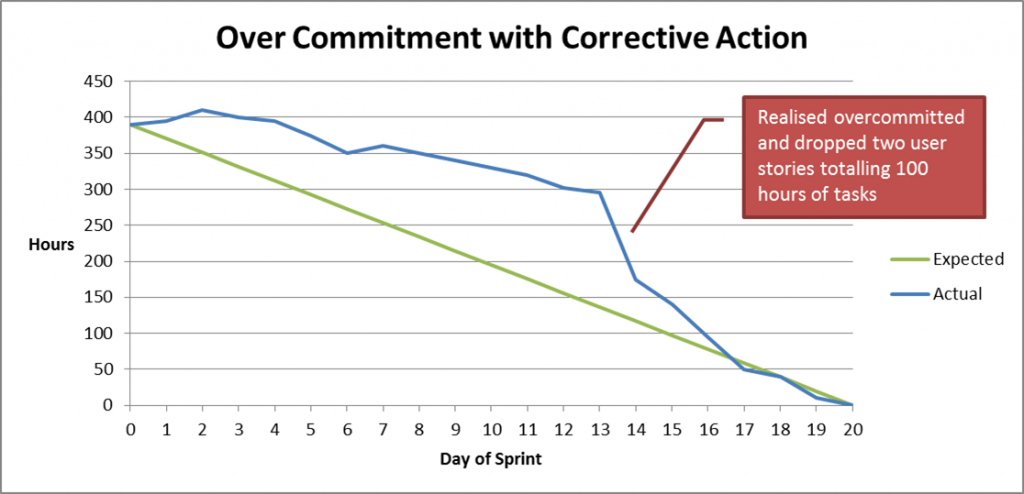As I’ve said before the most common problem I’ve seen with software development teams is over commitment. If worse comes to worst you get to the end of the spring before realising the problem. But you don’t have to wait until the end of a sprint to take corrective action.
This post was prompted by a comment, by Chris, on the post where I described what to do when tasks in the Sprint Plan are not finished. My assumption in that post was the team only realises they are overcommitted at the end of the sprint. And for first time teams that is often exactly what happens.
What I didn’t mention is that more mature teams are likely to spot what is going on earlier.
Continue reading
